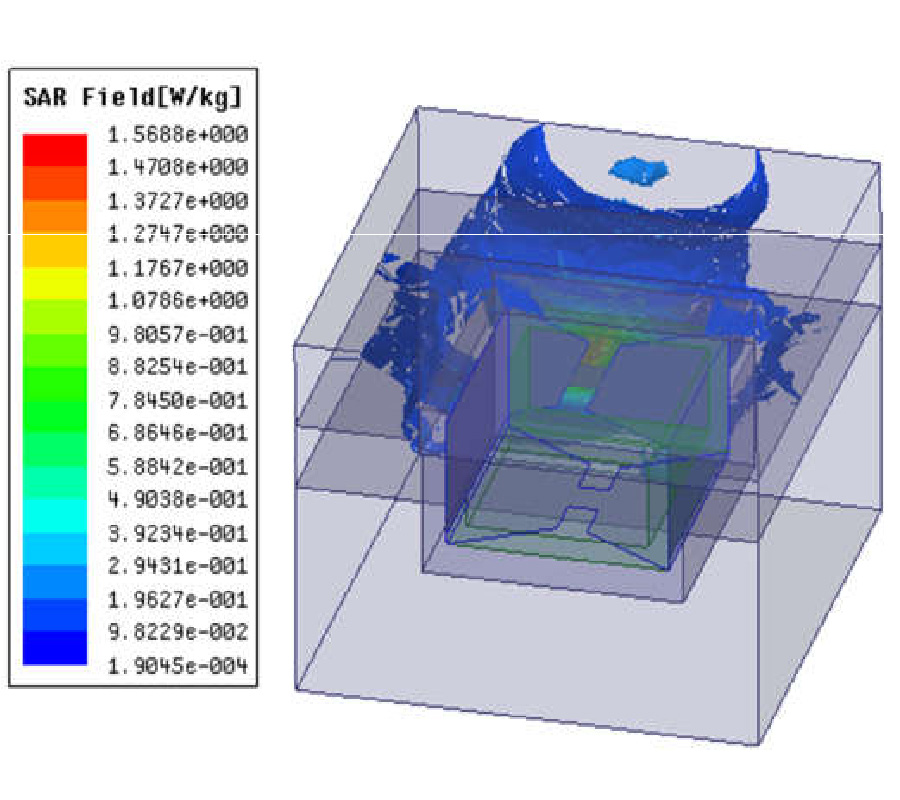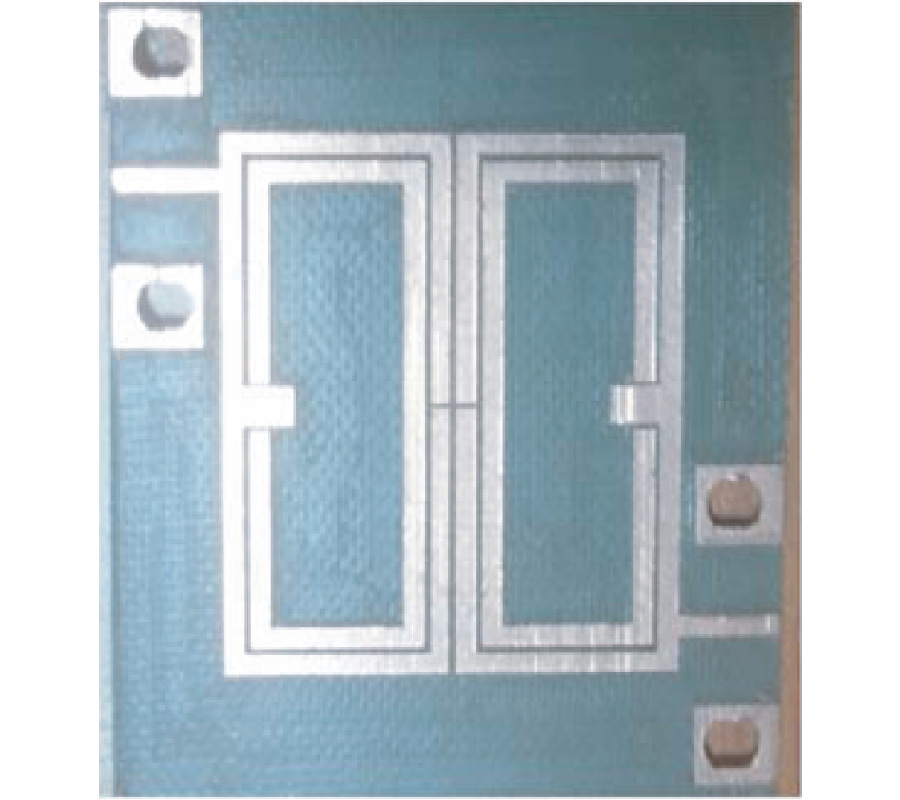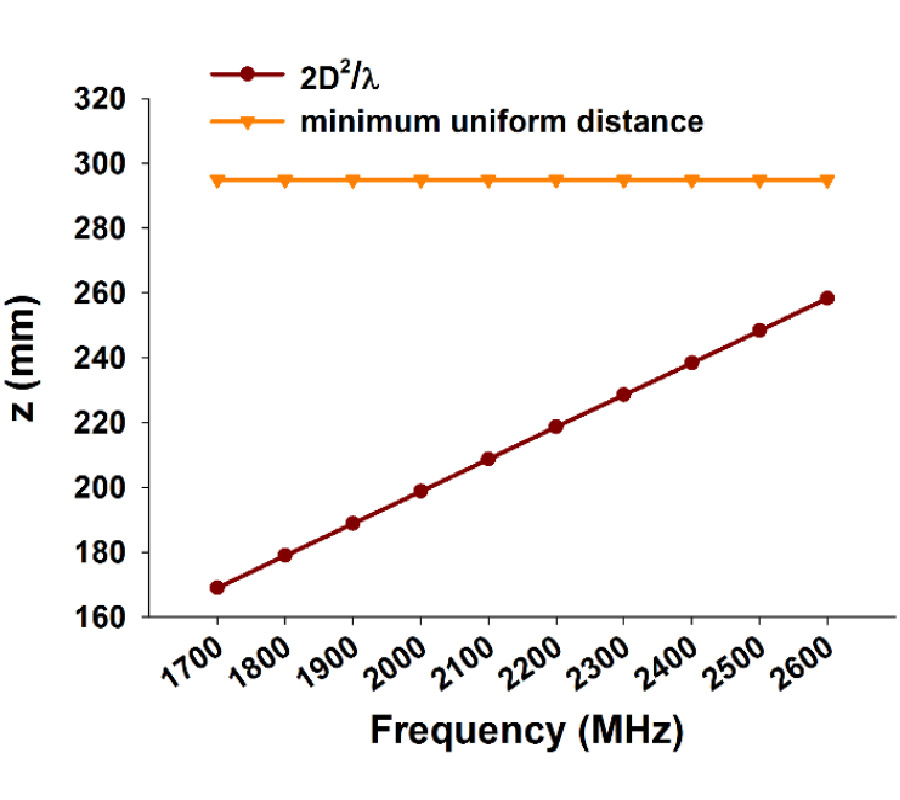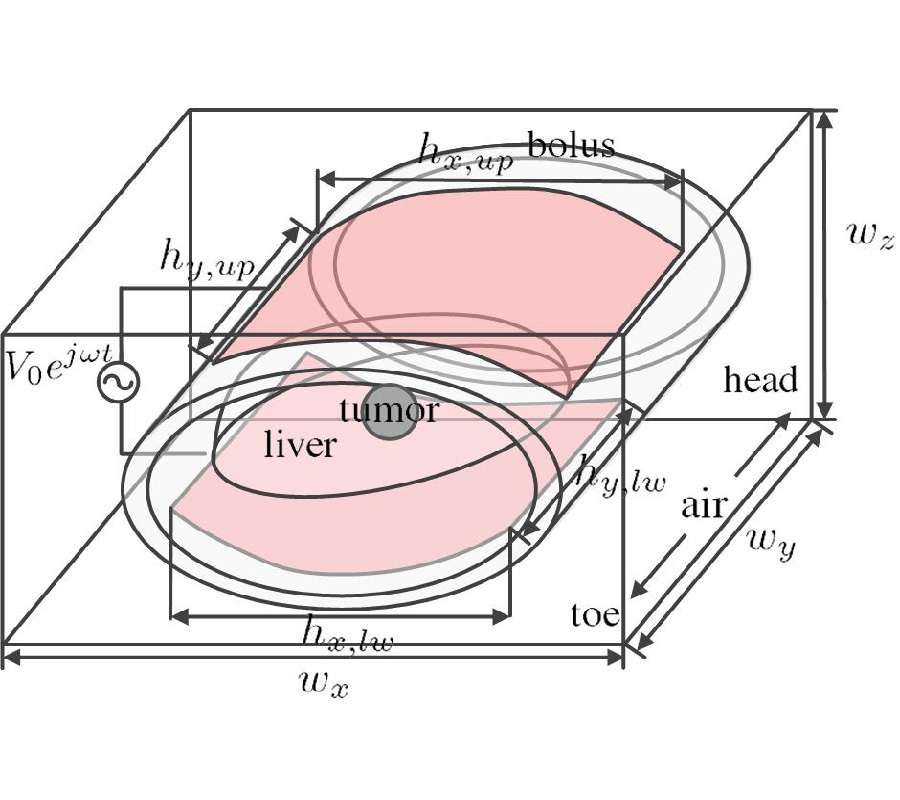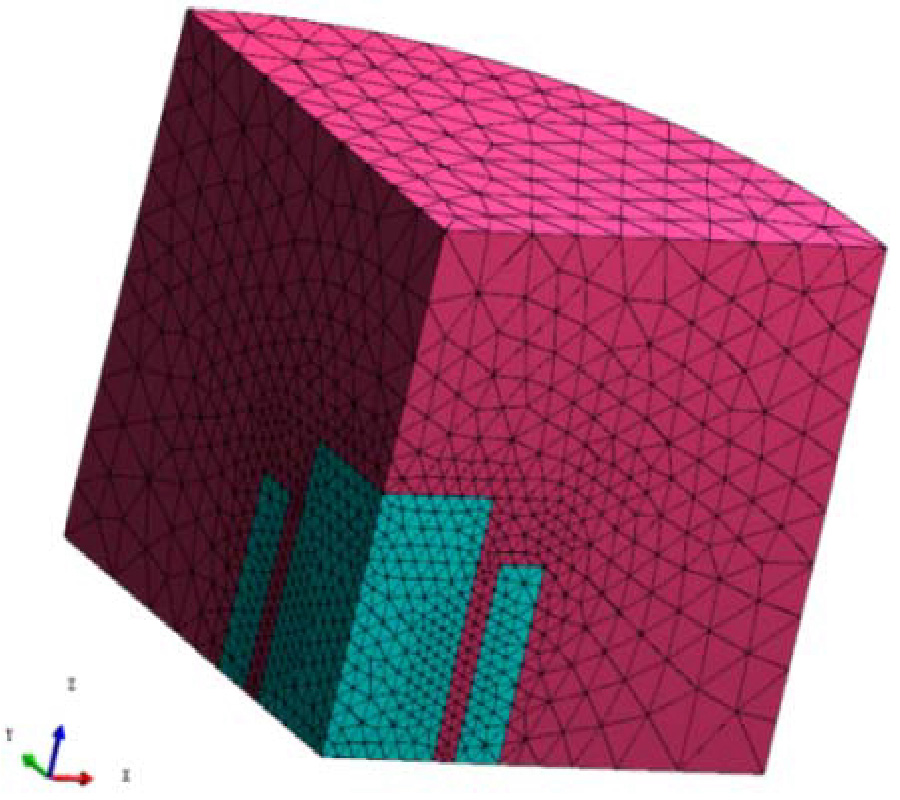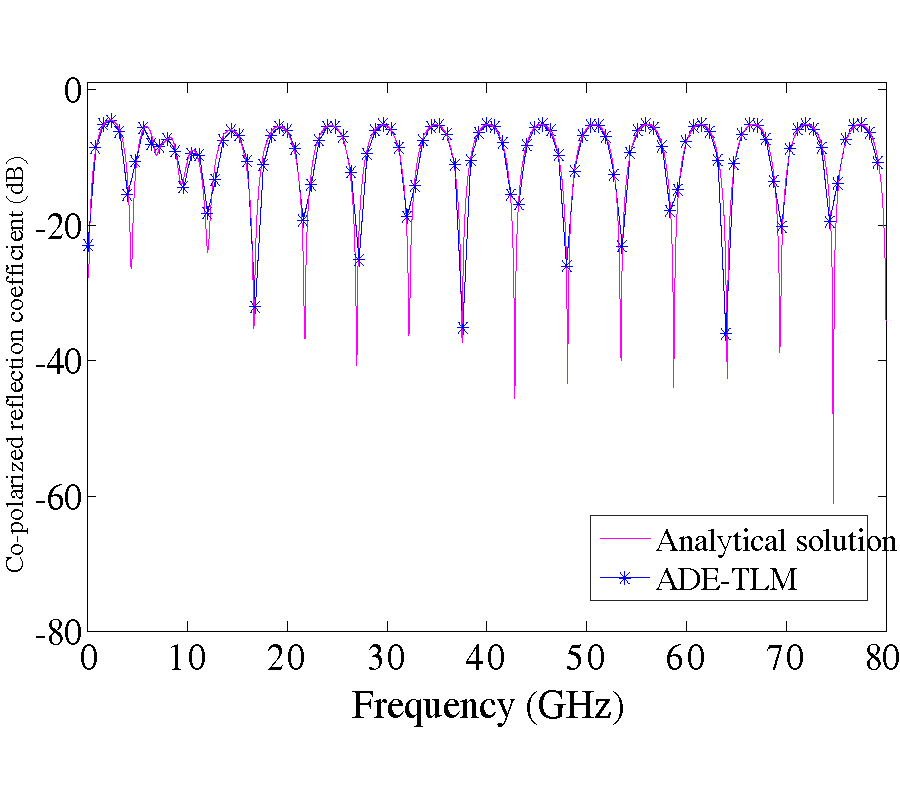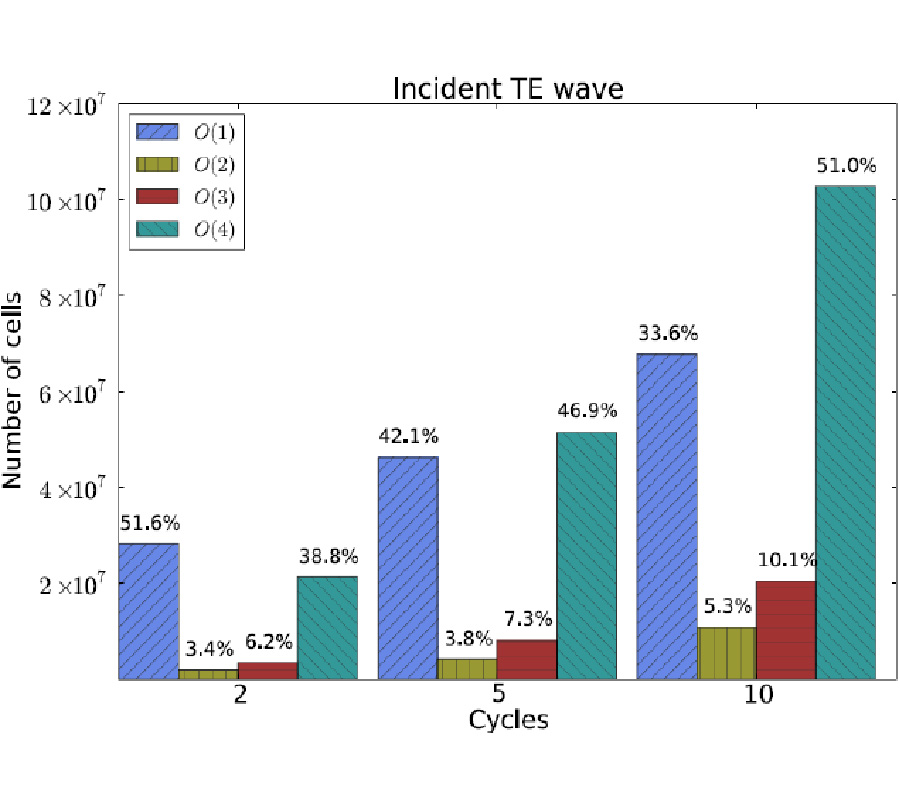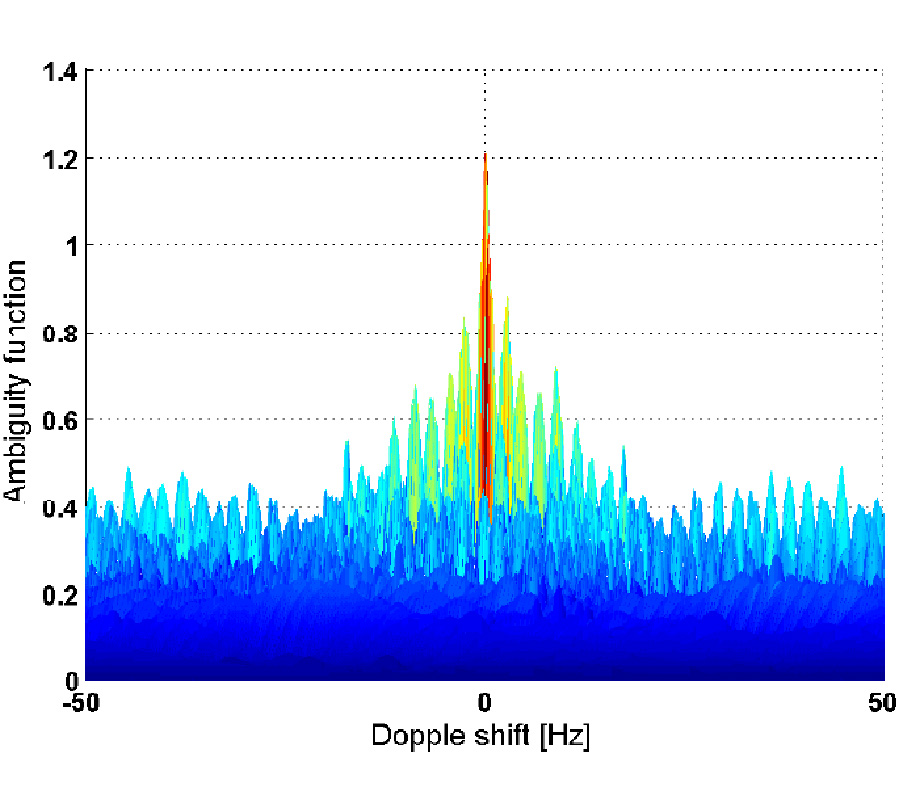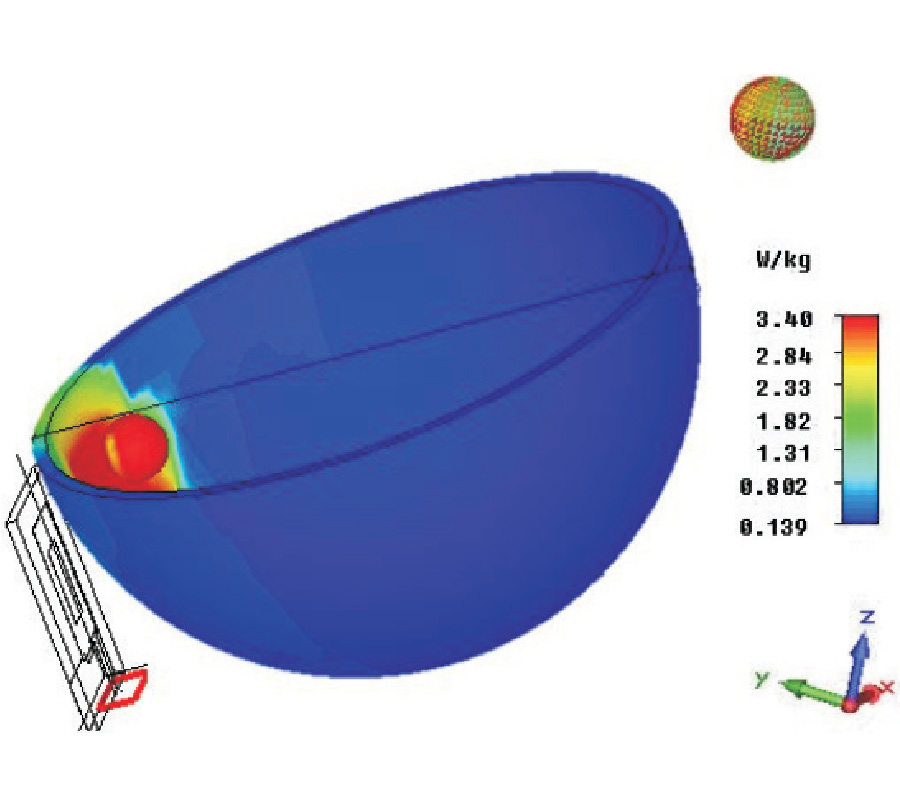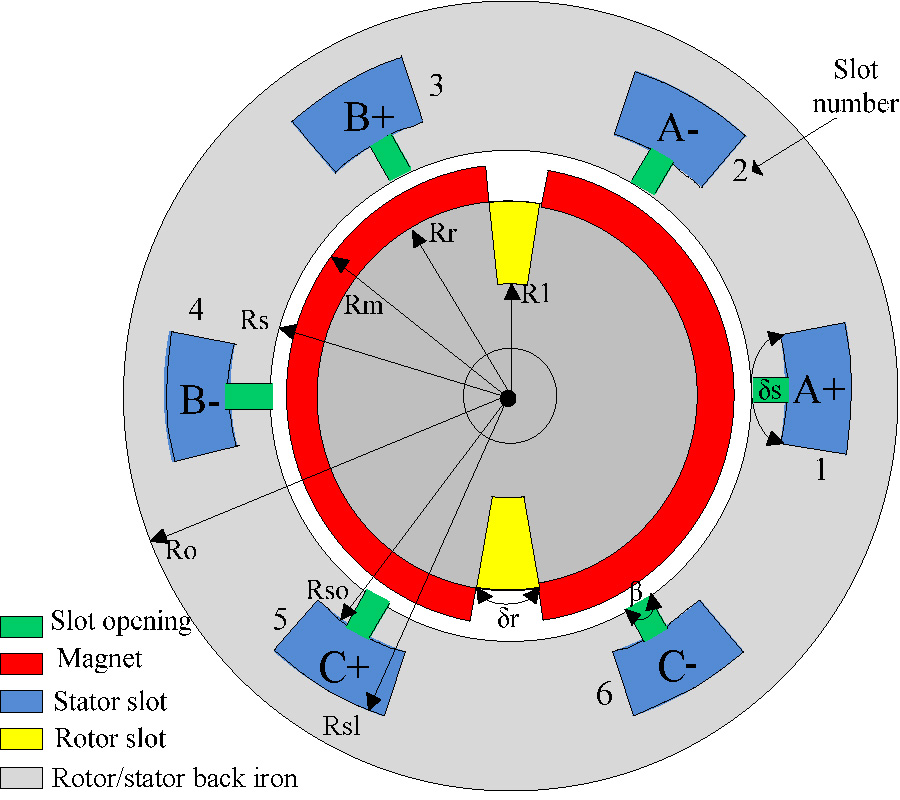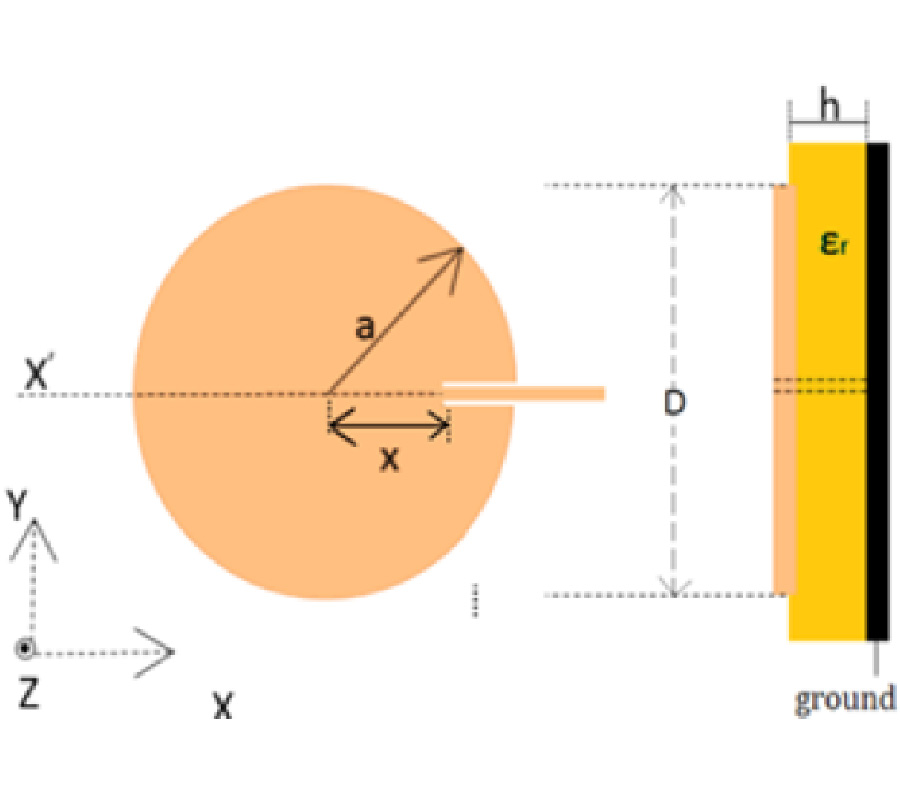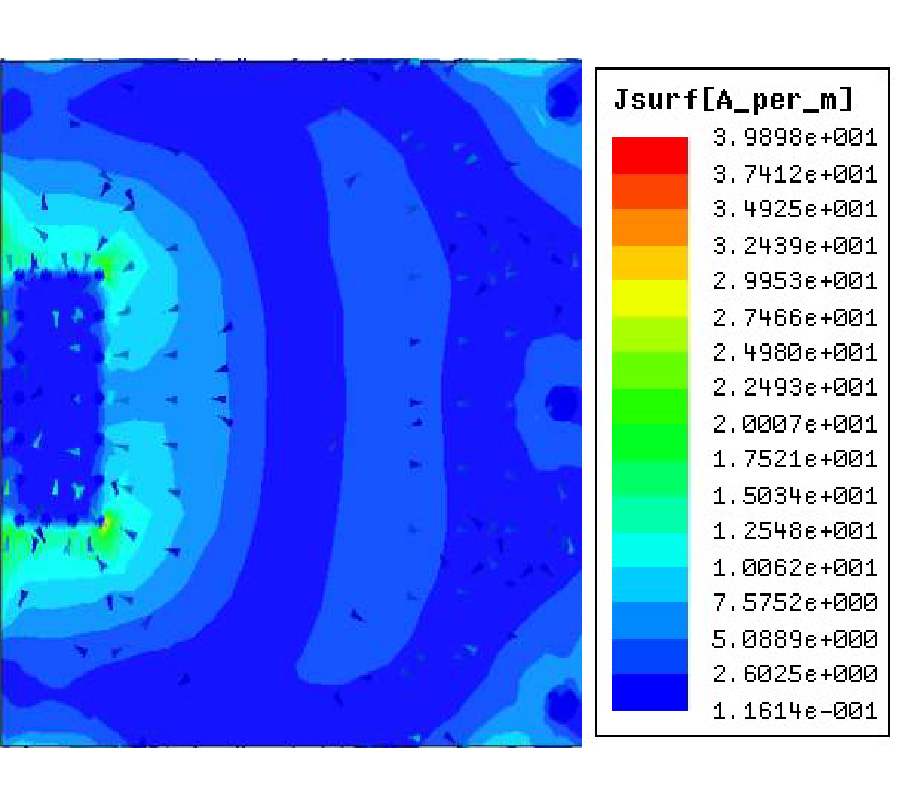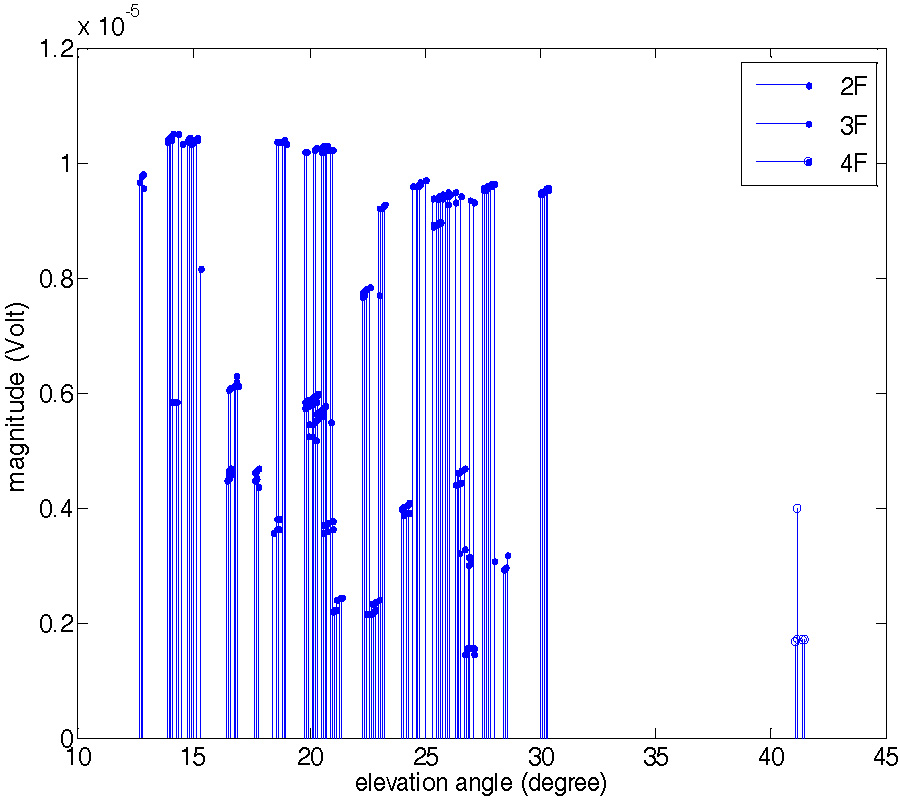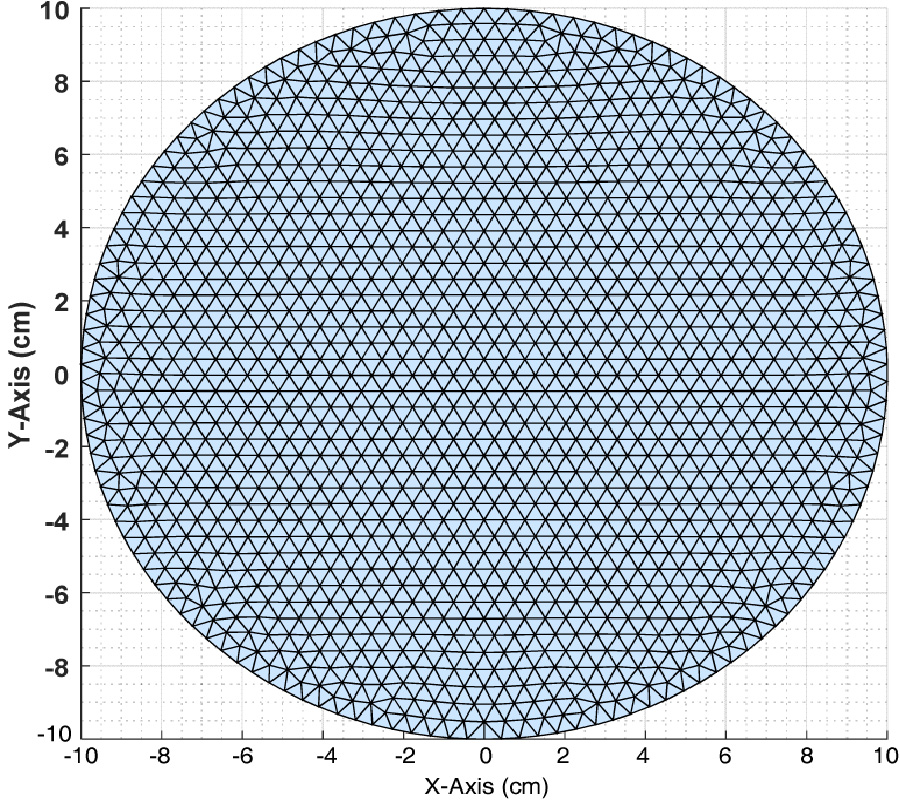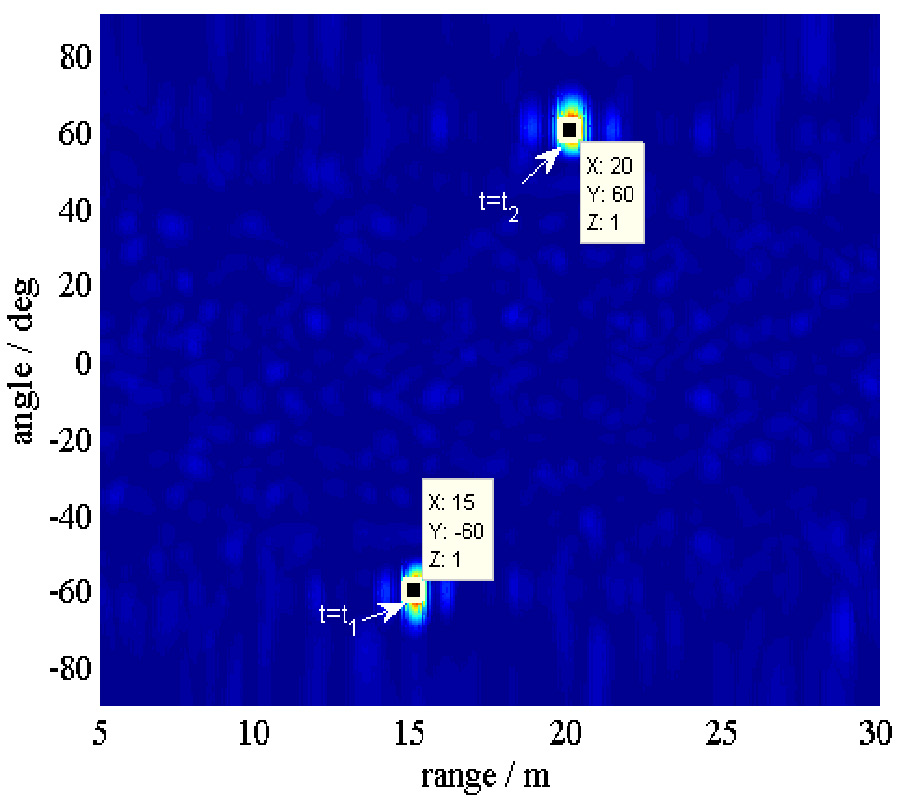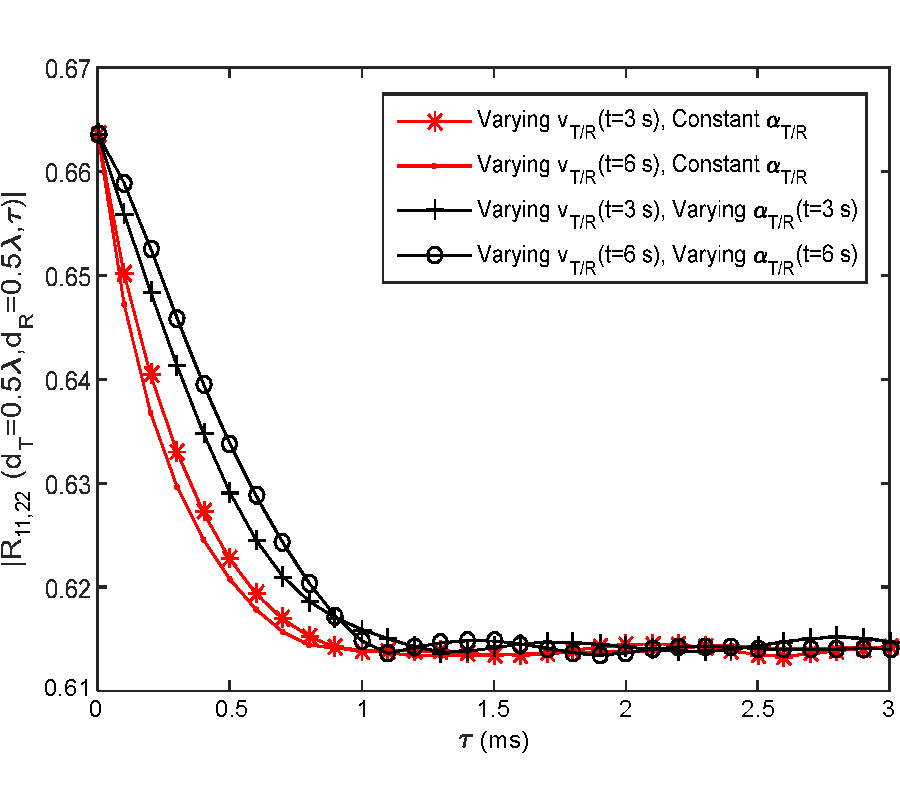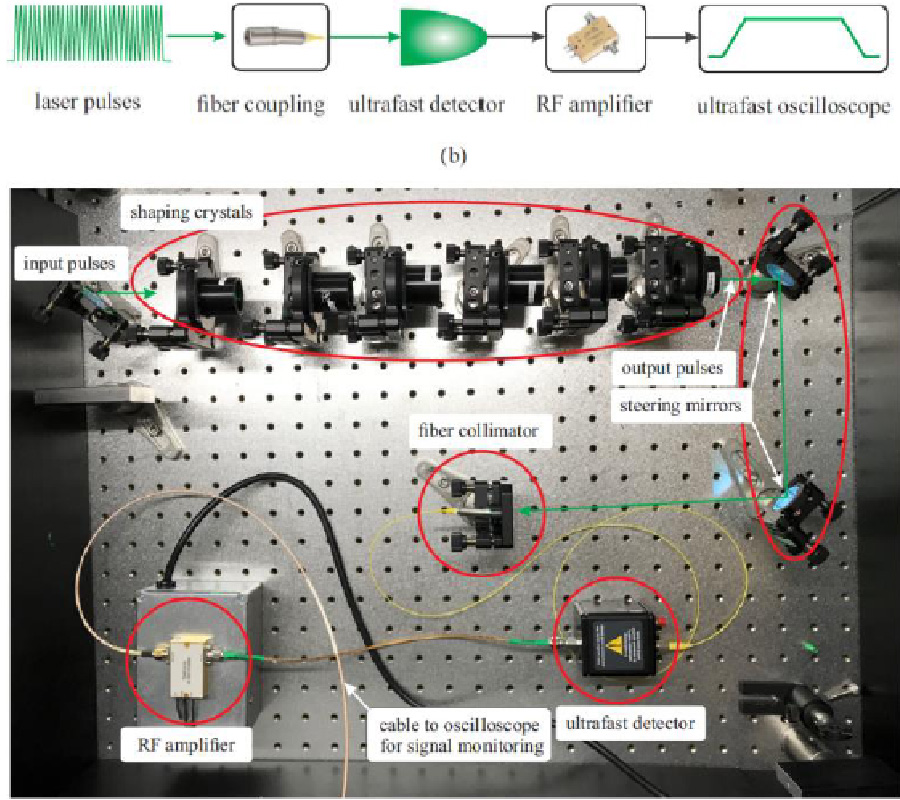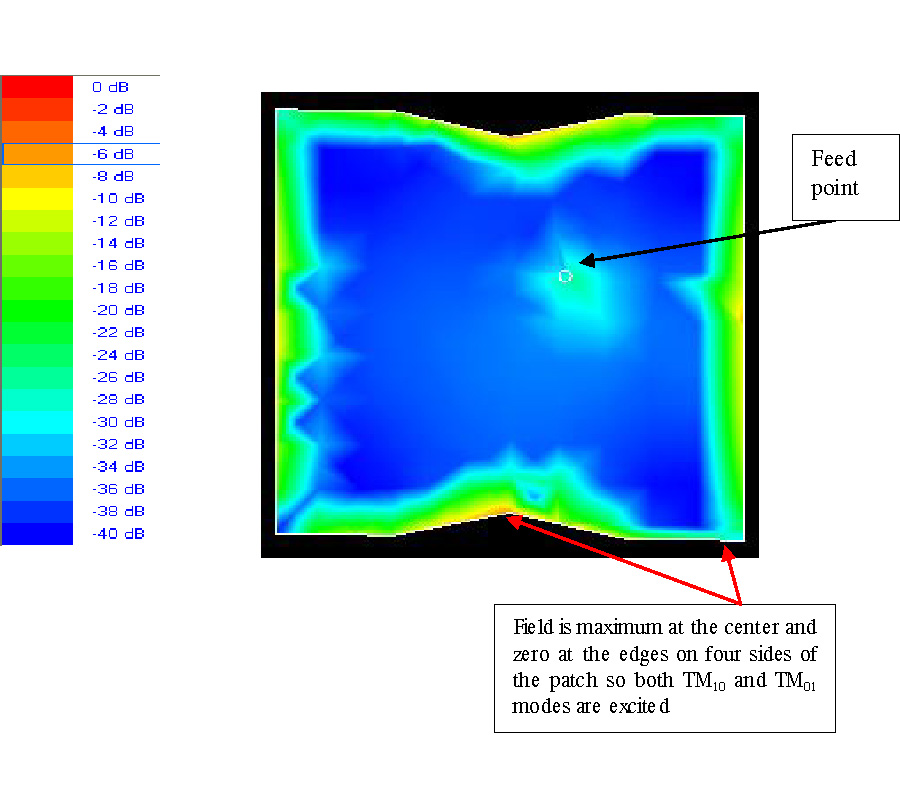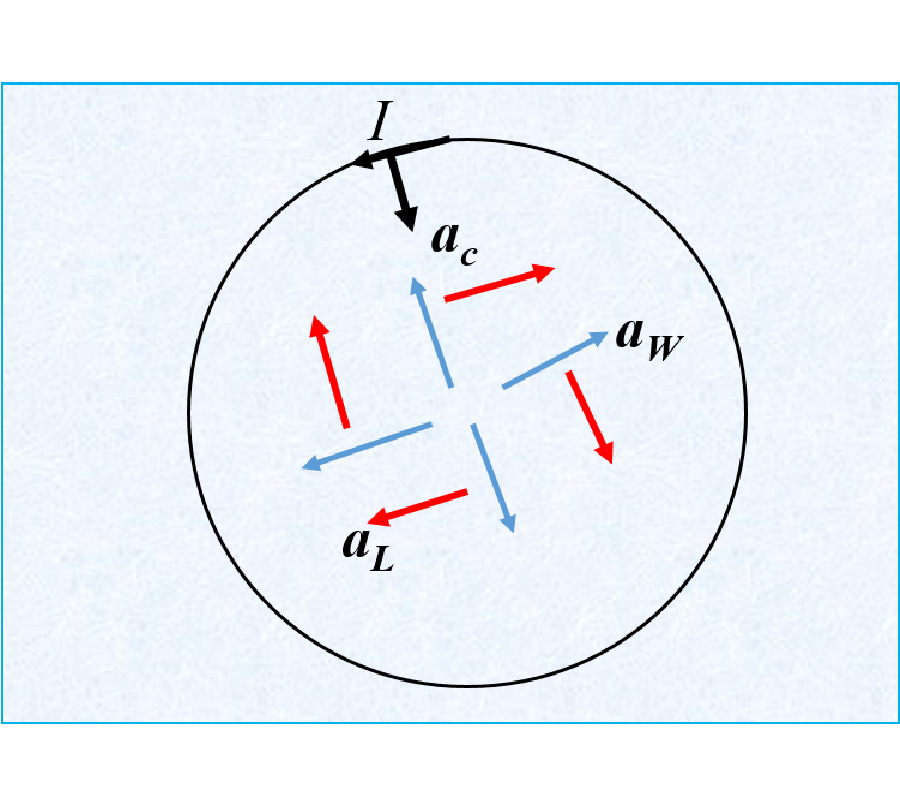Dual-Function MIMO Radar-Communications Employing Frequency-Hopping Chirp Waveforms
Shaddrack Yaw Nusenu,
Wen-Qin Wang and
Hui Chen
A dual-function radar-communication system is a technology equipped with a joint platform that enables performing a radar function (primary function) and a communication function (secondary function) simultaneously. This duality has become increasingly necessary, since it alleviates congestion and ease competition over frequency spectrum. In this paper, we put forward a technique for information embedding, specifically to multiple-input multiple-output (MIMO) radar employing frequency-hopping chirp (FHC) waveforms. We use FHC codes to implement the primary function (i.e., MIMO radar operation), while embedding communication symbol, for example, phase shift keying (PSK), in each FHC code for secondary function (i.e., communication operation). We show that the communication operation does not interfere with the MIMO radar function. In addition, standard ratio testing is used at the communication receiver to detect the embedded PSK symbols. Furthermore, the waveform designed has the superiorities of high range resolution, constant time domain and almost constant frequency-domain modulus, large time-bandwidth product, and low time-delay and frequency-shift correlation peaks. Numerical results show that: 1) data rates can be accurately detected, and thus, several Mbps are achieved in the system; 2) the SER performance characteristics are significantly improved; 3) the orthogonal frequency-hopping chirp waveforms achieve better range and Doppler resolution with reduced sidelobes levels compared to that of conventional frequency hopping waveforms.
